The Bundanoon
free Audio Guide app
plus there is more history below if you wish:
The Bundanoon School
Church Street.


The First School
Emma Harriman opened the first school, a private establishment in Jordan’s crossing, in 1867. The fee was threepence per week per child with a limit of one shilling per family. Teaching consisted mainly of reading, writing and arithmetic.
The Harriman family moved away from Bundanoon in 1870.
In about 1870 the local trustees of the Primitive Methodist Church acquired land at Jordan’s Crossing (also known as Barren Ground) and a church of timber slabs was built on the corner of Railway Avenue and Church Street, the present site of the Bundanoon Memorial Hall. It was also used as a school on weekdays.

Emma Harriman
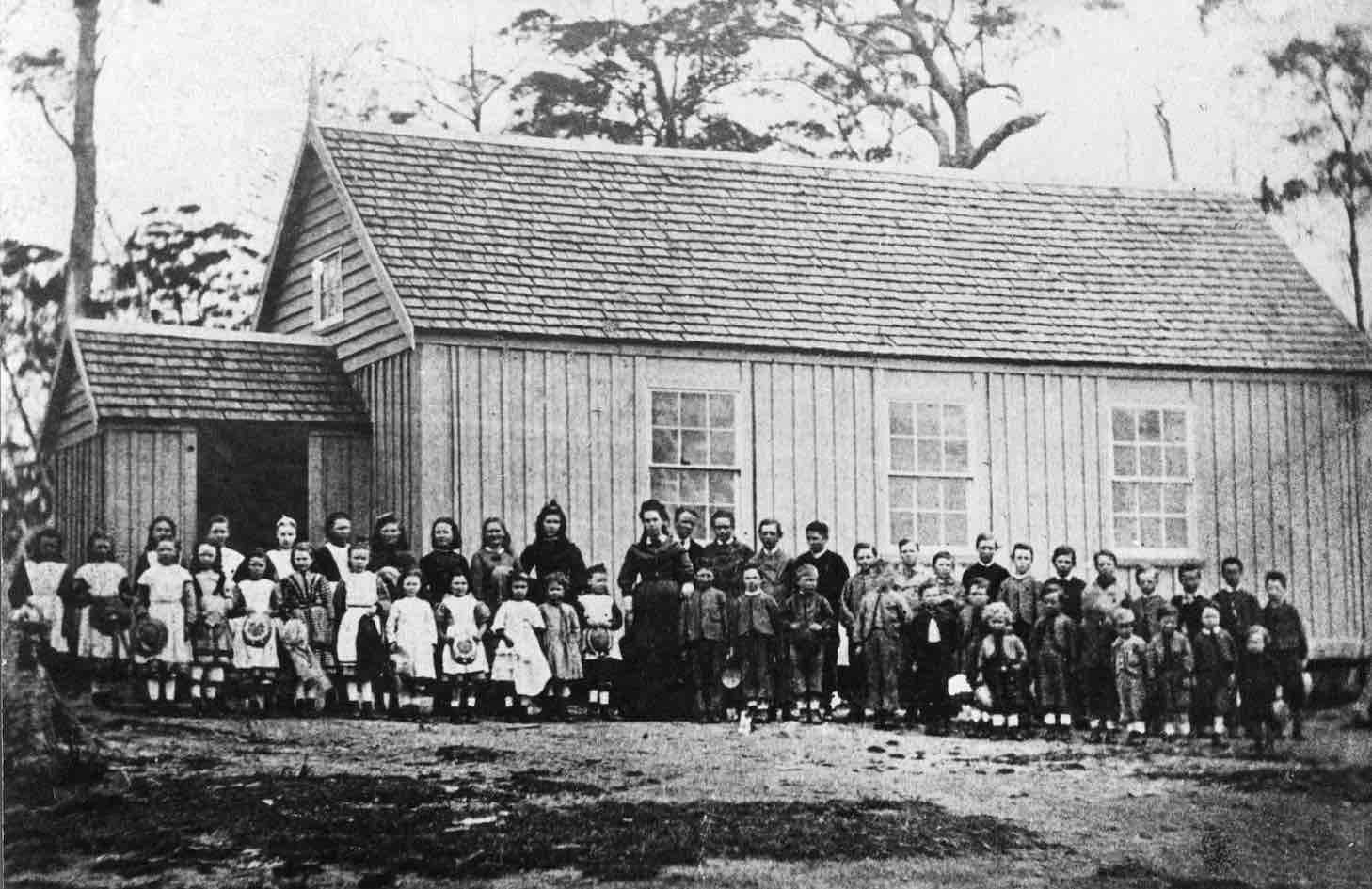
Bundanoon Provisional School 1871
Bundanoon Provisional School opened in January 1871 and was located in the Primitive Methodist Church. When the school opened in January 1871. the NSW Council of Education appointed Dinah Osborn as the first teacher at a salary of £36 per annum. Initially, there were around 40 pupils ranging in age from four to fourteen.
In 1872 when an inspector visited Bundanoon Provisional School, he reported that ‘there were 33 pupils present, clean and orderly and making fair progress in learning. The schoolroom is built of slabs and bark with a boarded floor. It is in passable repair and there is a supply of good furniture’.
There were three classes and the children studied reading, writing, arithmetic, grammar, geography, singing, drawing and object lessons. On 18th December 1876 it became Bundanoon Public School and Dinah Osborn remained in charge until May 1880.
Dinah and George Osborn moved to Jordan’s Crossing in 1870 and in 1892, they built the early guesthouse, The Knoll (now Osborn House). Dinah had trained at St James’ Model School in Sydney. Dinah also served as a local supervisor for the NSW State Children’s Relief Board, visiting children who were being boarded or apprenticed in the Bundanoon area. In 1892, to celebrate her 60th birthday, Dinah invited all the children from the school to a picnic at Cairn Hill.
The school was always called ‘Bundanoon School’ even though the name ‘Bundanoon’ was not officially adopted for the village until 1881.

School Picnic c1900
A New School
With an increase in population, the village required new school premises. In 1878, the Council of Education purchased from George Osborn, an acre of land facing Church Street. This is the site of the current school. Plans were drawn up for a teacher’s residence consisting of a wooden building with four rooms, and a school room attached.
This school was built in 1880 and a second classroom was added shortly afterwards. Application was made for the provision of a fully qualified male teacher and Henry Lovell was appointed, taking charge in May 1880. He occupied the new residence with his wife, Martha..
The Lovells were renowned for their high standard of education and consideration for the welfare of their students. In 1886 Henry Lovell raised 21 subscriptions from Bundanoon Public School to aid the victims of the Lithgow colliery disaster. He was also involved in the Bundanoon Band of Hope. He left the district in April 1888 following the death of his wife.
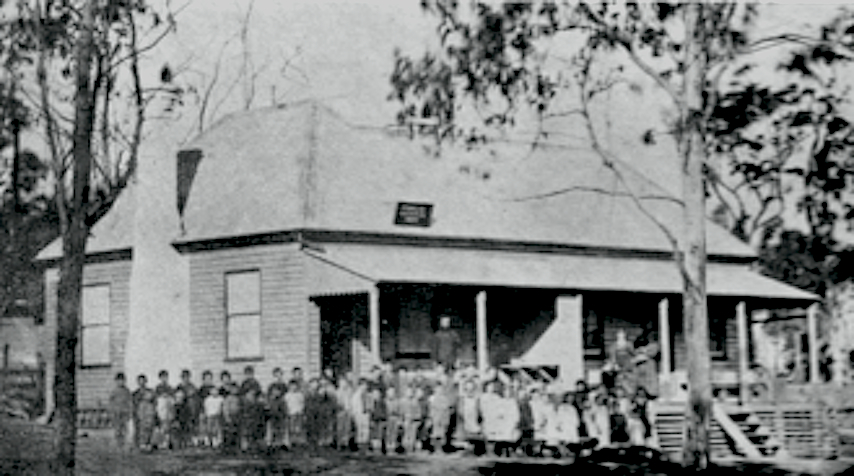
Bundanoon Public School 1880
THE SCRUTINEER. May 11th. 1882
‘Within a short distance of the station, is a neat wooden public school and teacher’s residence, but, unfortunately, it is far too small for the requirements of the place even at present. The number of pupils on the roll is 64, and the average attendance is 53, which speaks well for the character of the master, Mr. Lovell, and the teaching he imparts. Mr. Lovell has only been about 3 years in charge, and during that time the pupils have nearly doubled in number, and the progress made by them is so good, that the inspector for the district summed up his last inspection as “Very Fair”, a standard which very few schools can surpass, and not a few fail to reach.’
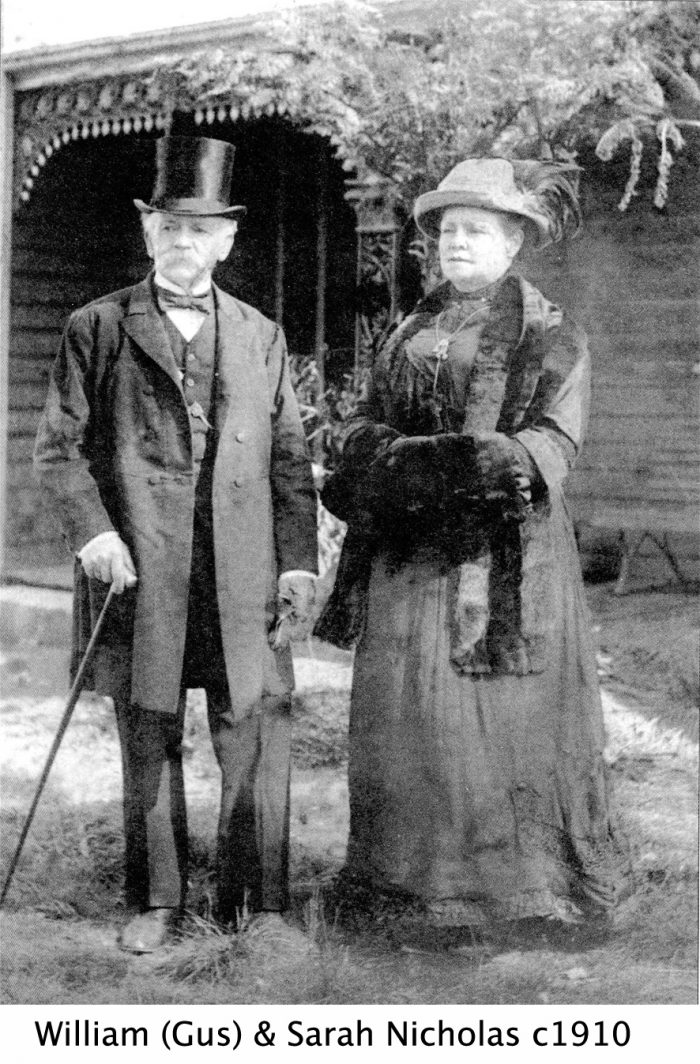
Sarah Elizabeth Grubb Lake (later Sarah Nicholas) was a teacher at Bundanoon Public School from 1894 – 1906. She married Gus Nicholas in 1896. There was a general outpouring of regret when she retired from teaching in 1906. She was the first president of the Bundanoon branch of the Red Cross Society, formed in 1914.
In 1890, two acres on Victoria Street were purchased and added to the school grounds for a playing area. In 1896 Samuel Tooth’s tender of £115 2s 6d was accepted for alterations and repairs.
Until all primary school fees were abolished under the Free education Act of 1906, parents had to pay for children to attend school. Fees were set by the local school board, subject to the approval of the Council of Education, and were generally from sixpence to one shilling per week for the first child and threepence per week for each additional child, with a maximum of one shilling per week.
The Current School
By 1907 the buildings were found to be unsuitable for teaching purposes and in 1909, a new brick and stone building comprising two classrooms, able to accommodate 100 pupils, was built at a cost of £133. This building was designed by Walter Liberty Vernon and EL Drew in the Federation Arts and Crafts style. The school grounds were augmented by further acquisitions, so the site grew to about 4 acres. At that time, 72 pupils were registered, with an average attendance of 55. The original buildings were demolished in 1929. (NSW Department of Education, 2015).
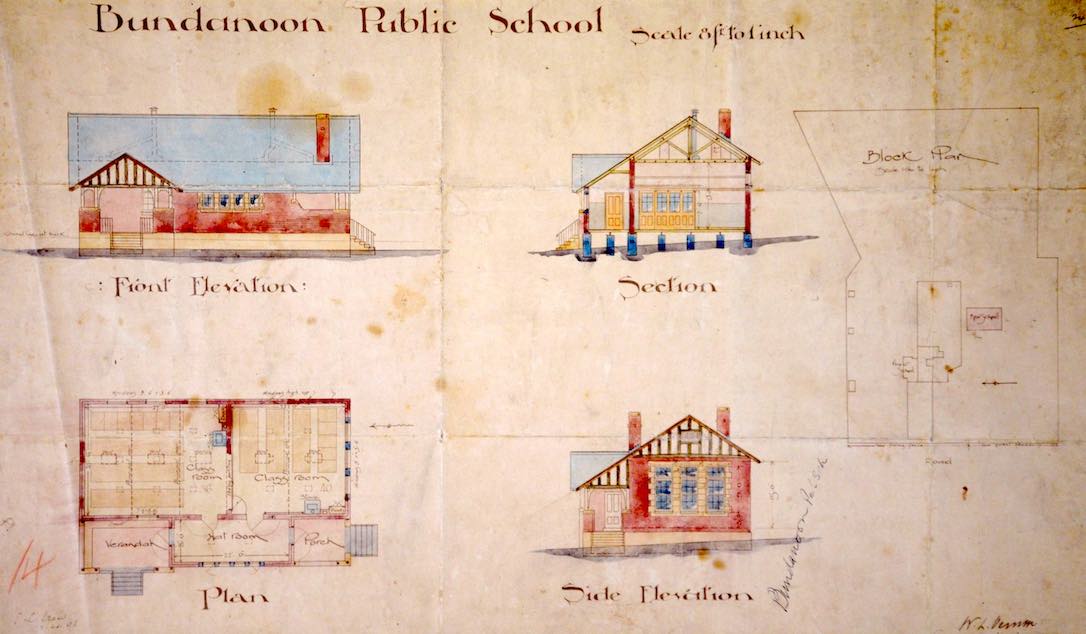
Plan of the new school building
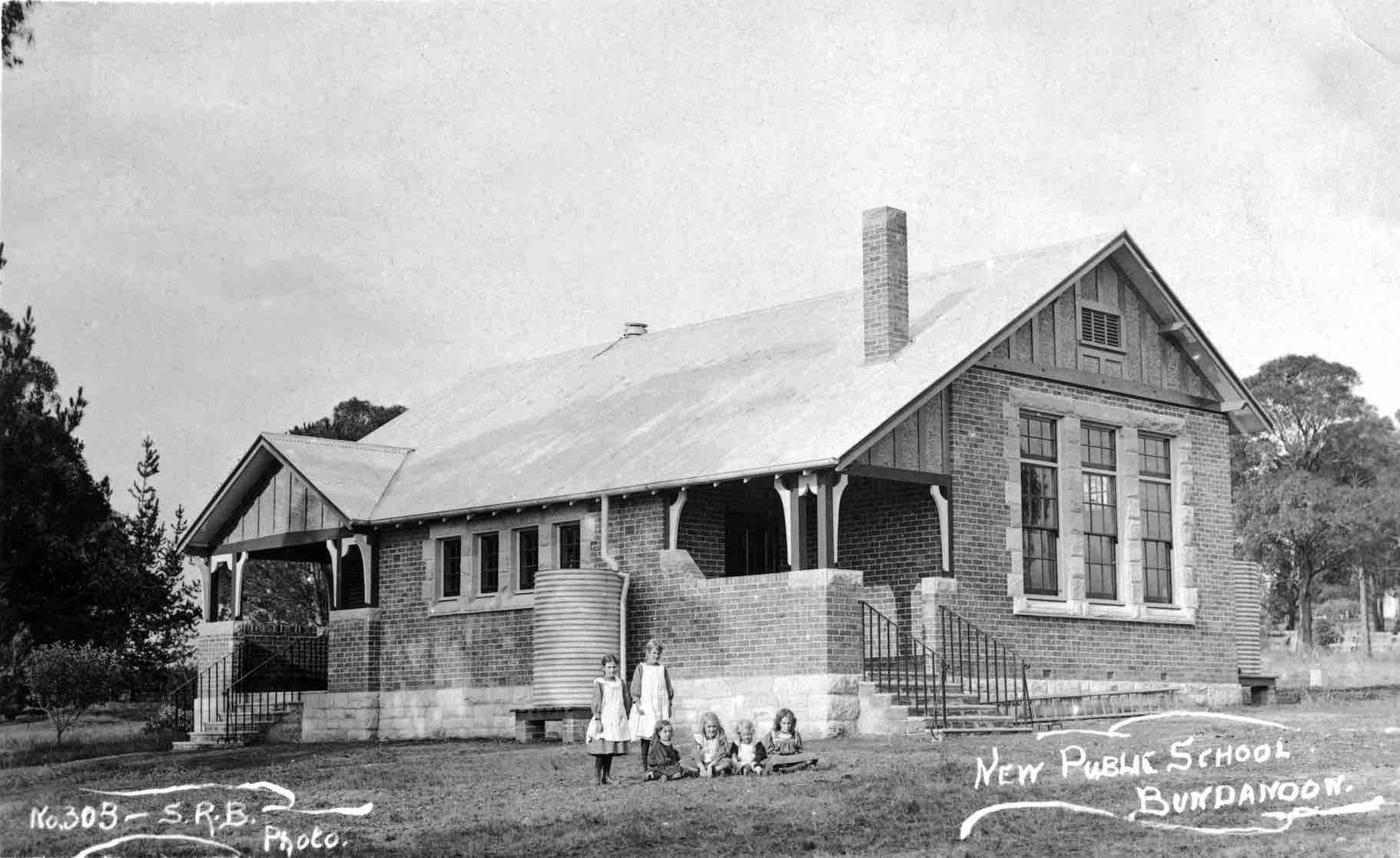
New school building 1909
The children mostly walked to school but some rode their ponies.
During the 1920s and 1930s, annual picnics were held in the school grounds and social evenings were held to raise funds.
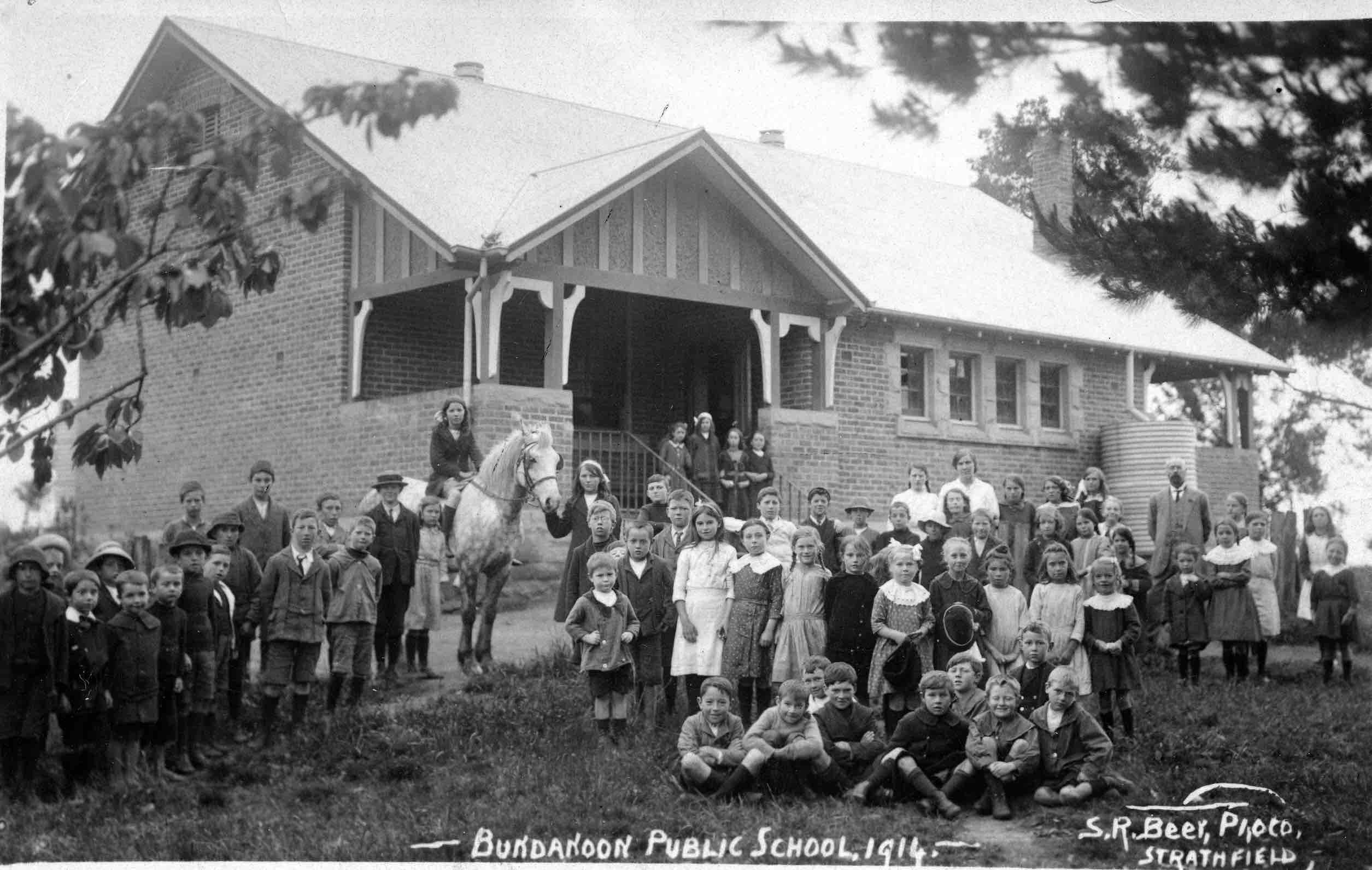
Bundanoon Public School 1914
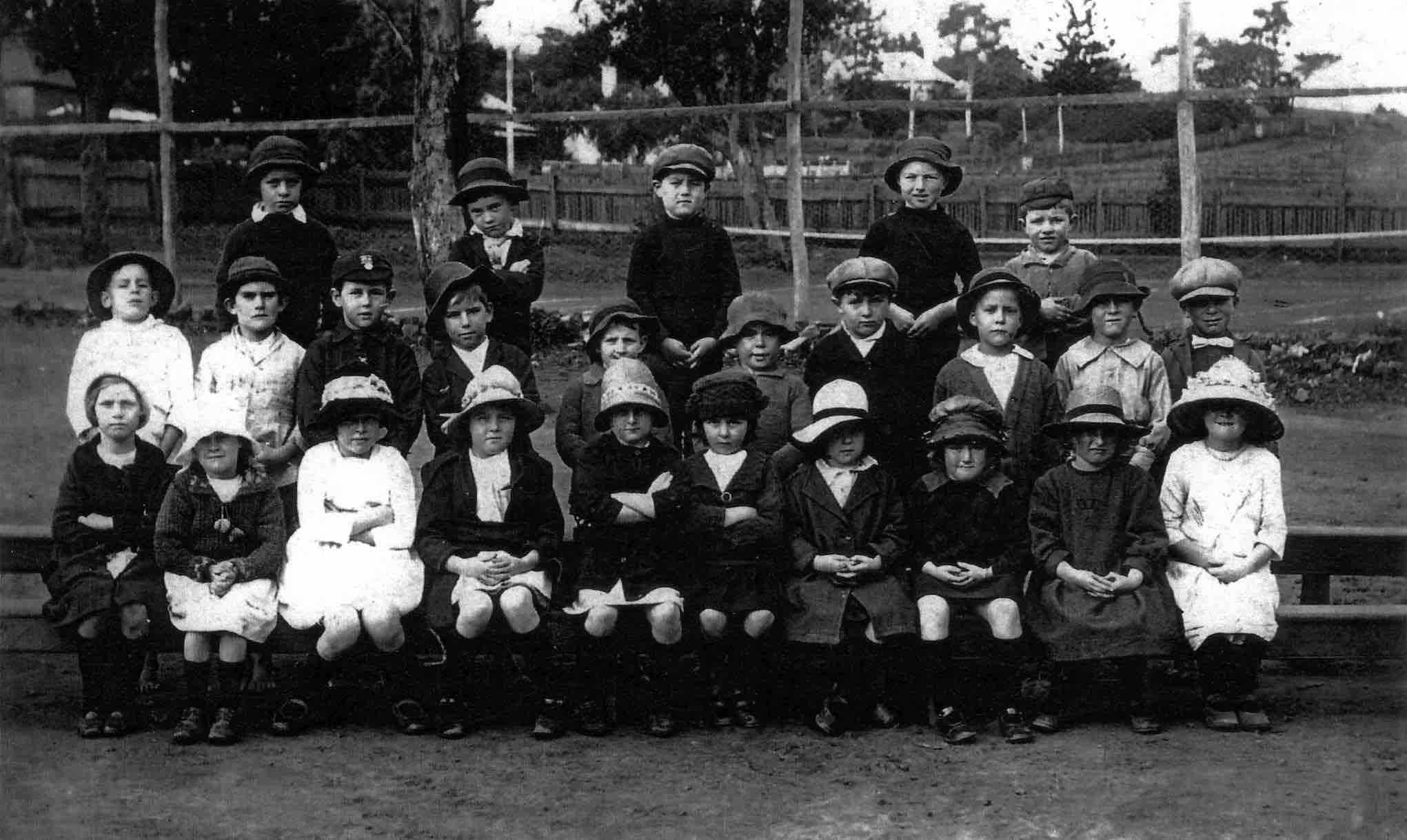
Bundanoon School Pupils c1920
In 1926 heating stoves were installed in the classrooms. Twenty years later, in 1946, the grounds and fencing were overhauled and an assembly area was created, with a concrete path to the front gate. In 1949 the Education Department called for tenders to erect a new teacher’s residence.

Former pupils remember how the school was in the 1930s. There were only two classrooms, divided by folding doors with one teacher in each managing the classes. There were no excursions and no class music. There were no organised sports days, though most children had access to Bundanoon’s many tennis courts. There was an annual concert with every child involved and an end of year picnic with races and prizes.
School Celebrations
In 1937, students received souvenir medallions to celebrate the coronation of King George VI.
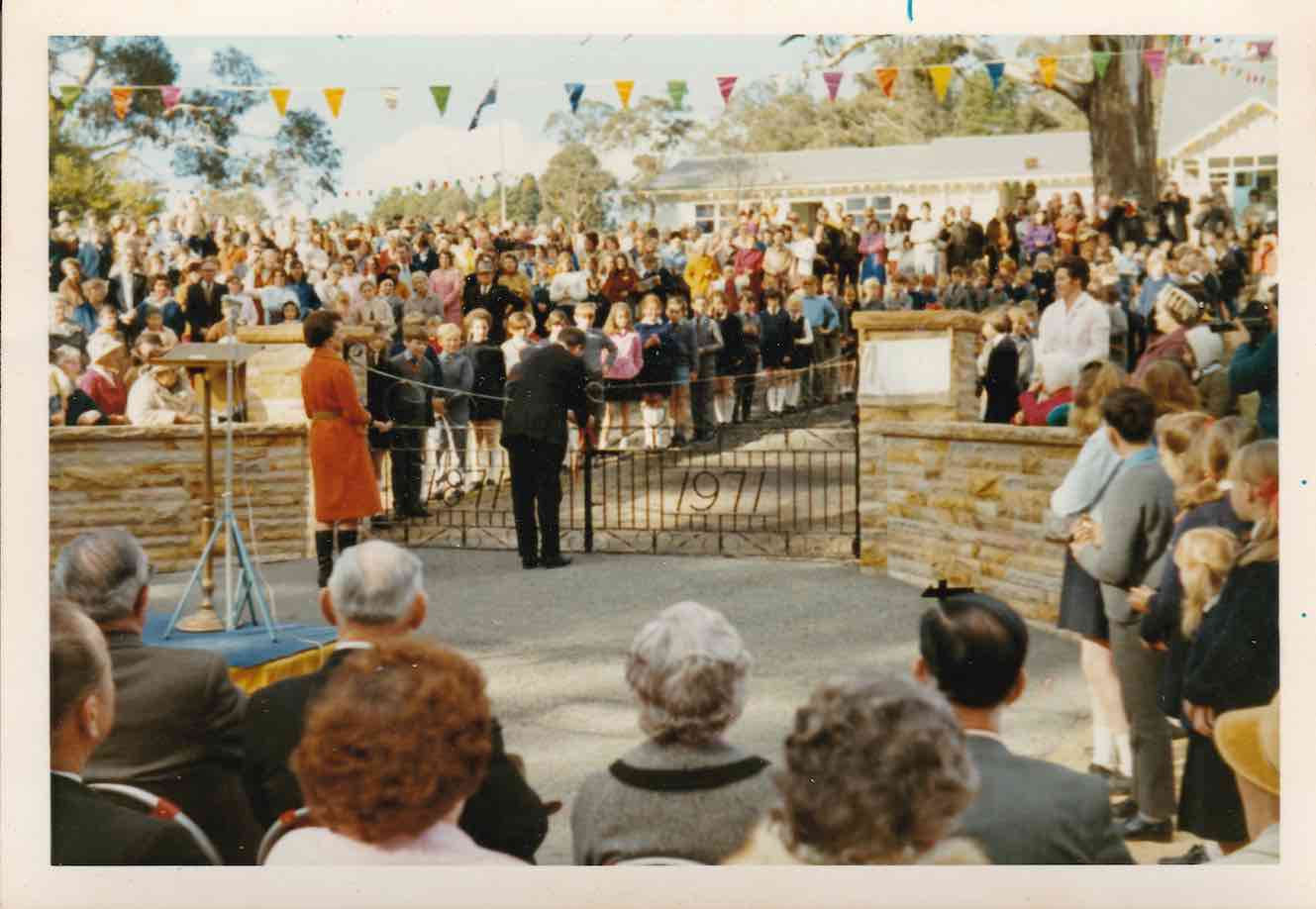
The Bundanoon Public School celebrated 125 years of education in 1996 and four new classrooms were officially opened. The school was open to the public to view a display of memorabilia, including craft items, old class photographs and a video of school activities from many years ago.
The teachers and the children dressed in period costume. A re-union dinner dance was held at the Memorial Hall.
The school has always been a major part of the community and this role has continued as it has grown

Bundanoon Public School 150th celebration. 1996
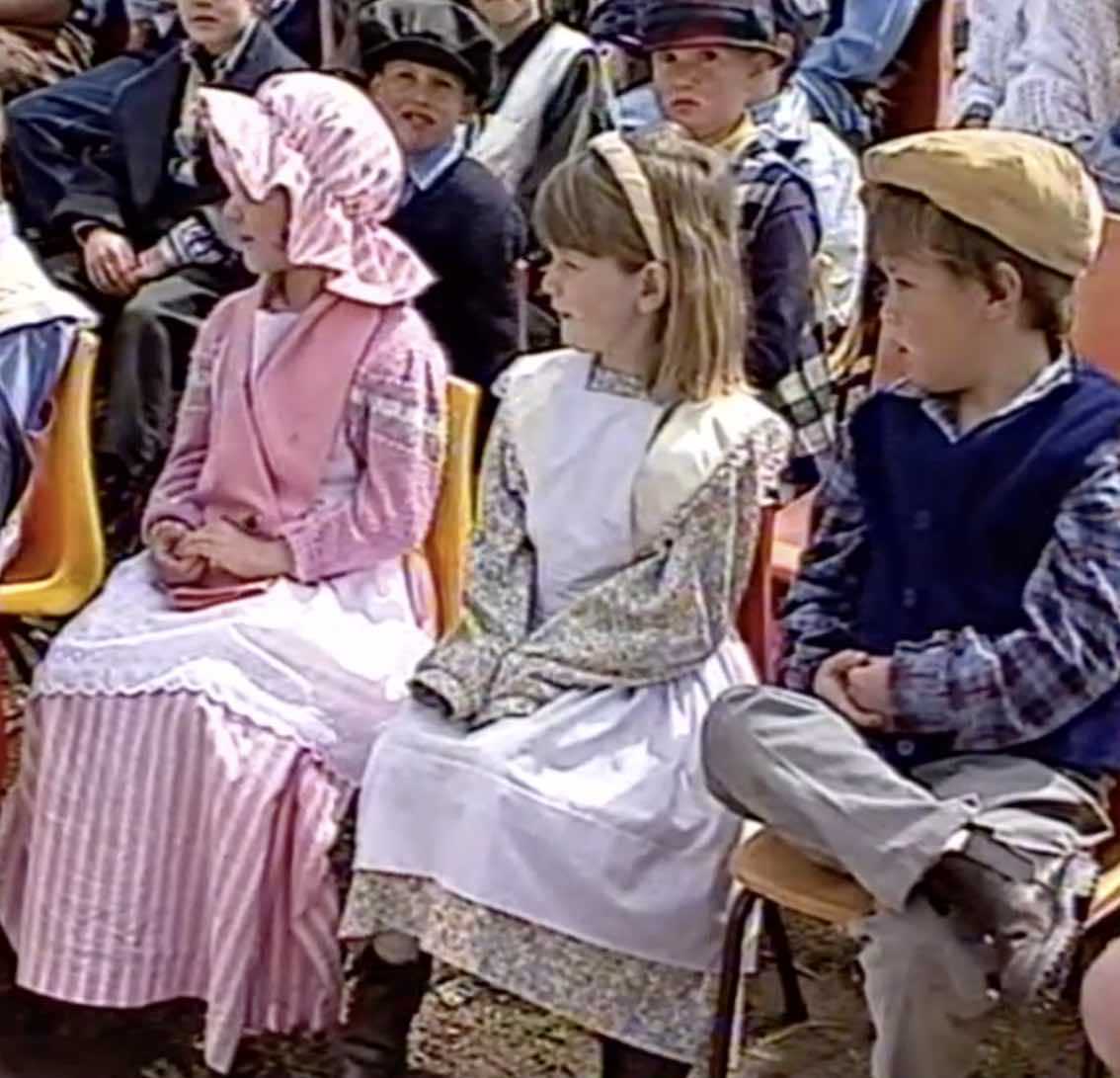
School children in period costume 1996

